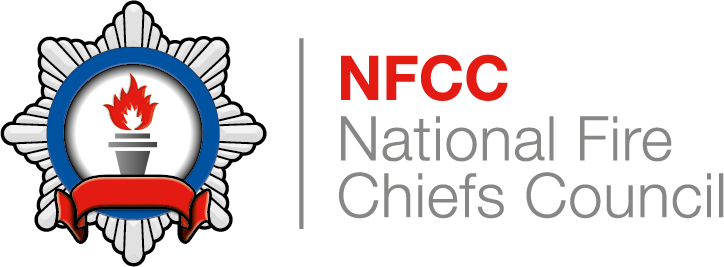Understanding the location, land use and occupancy will help incident commanders to make safe, informed decisions at wildfires.
Depending on the size and complexity of the incident, other emergency services may attend, making effective joint working critical for safety on the incident ground. Further information can be found in Incident command and the JESIP Joint Doctrine: The Interoperability Framework.
